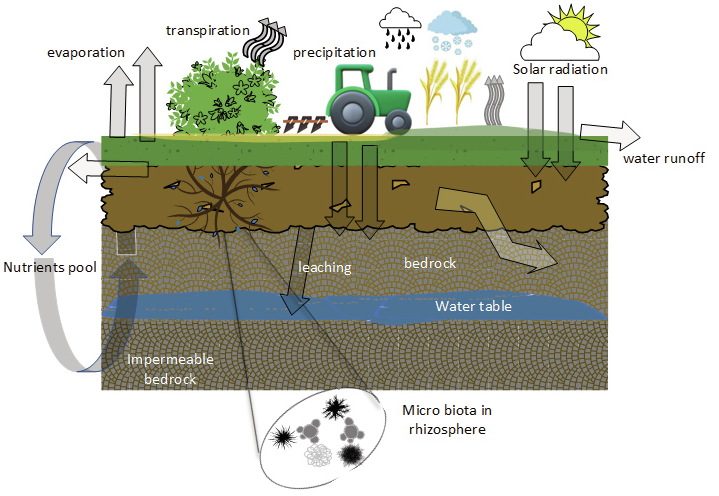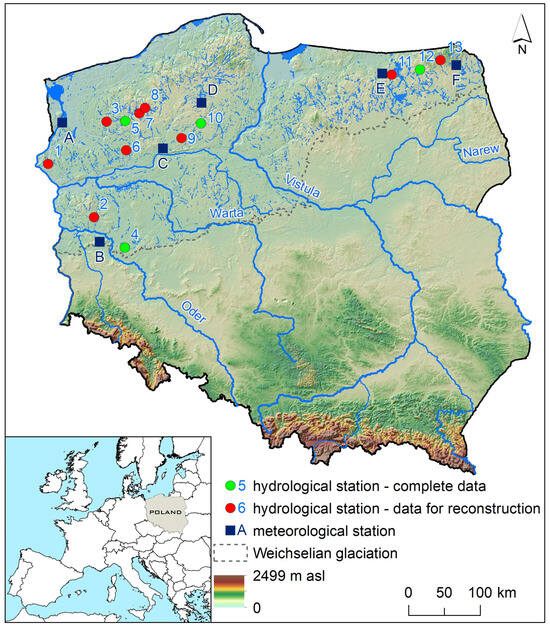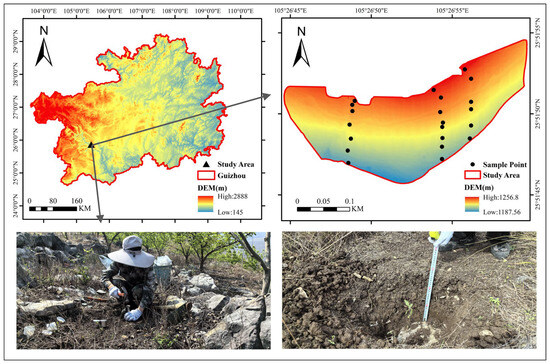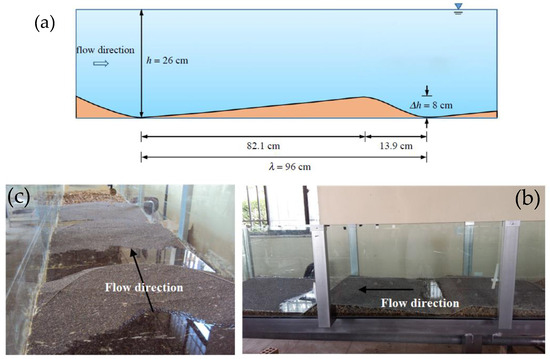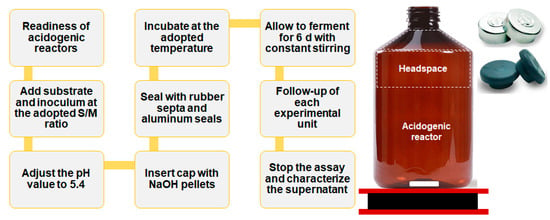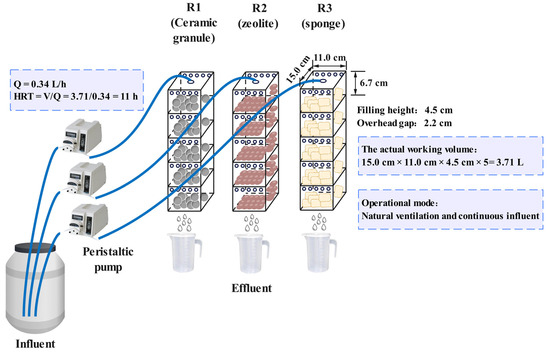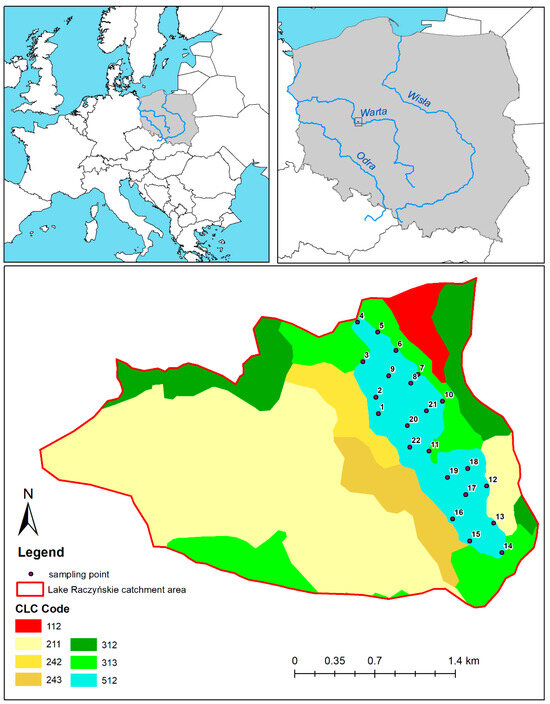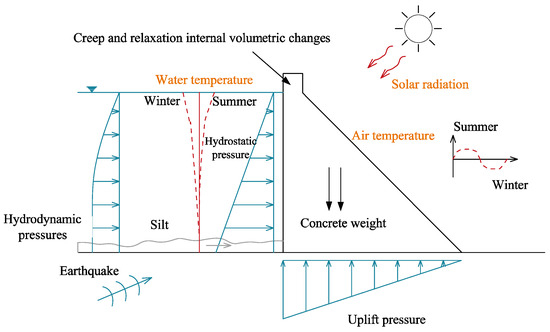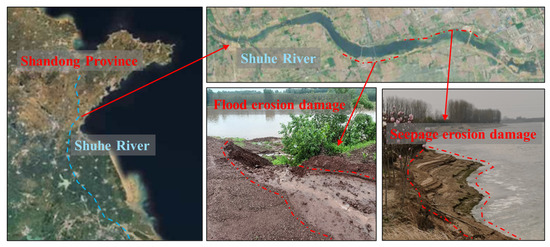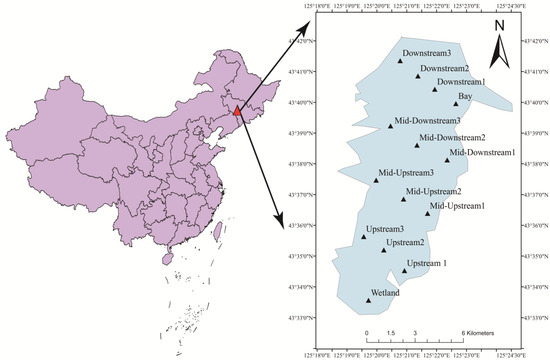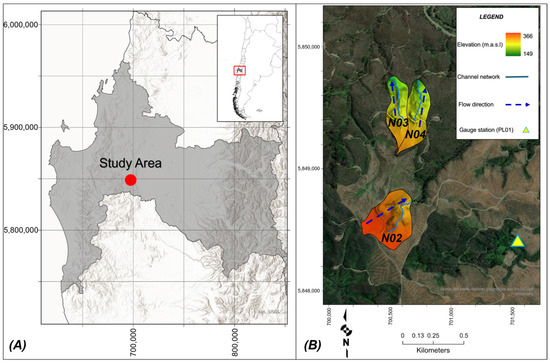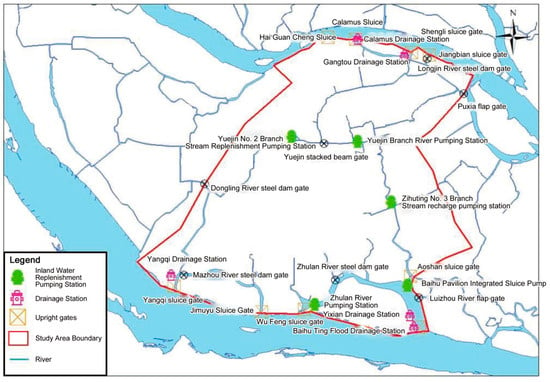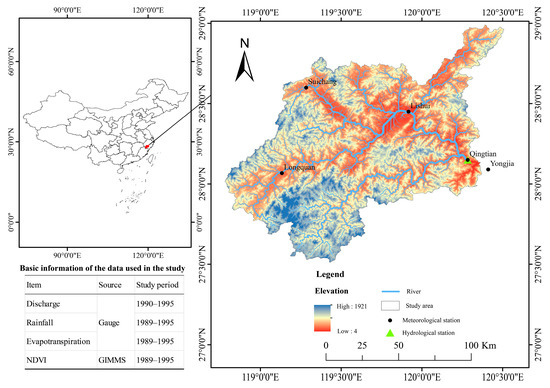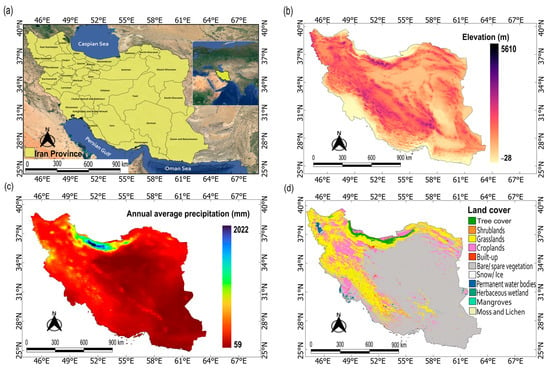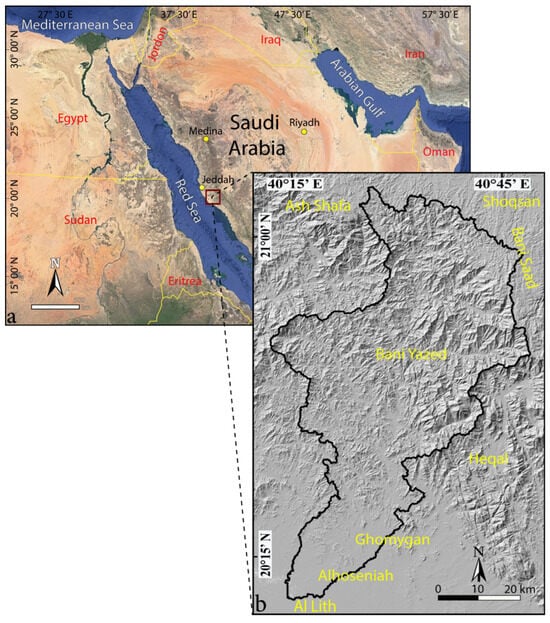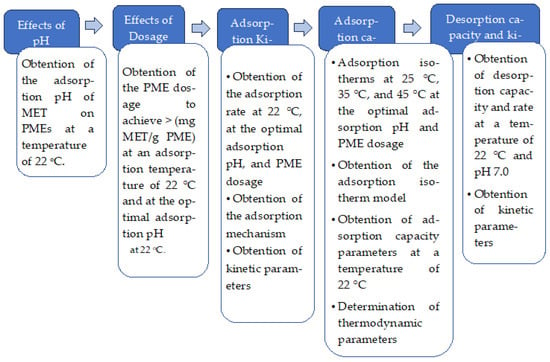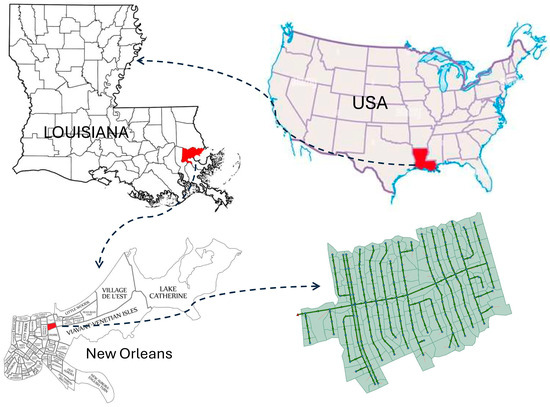The accurate estimation of reference crop evapotranspiration (ET
0) is essential for crop water consumption modeling and agricultural water resource management. In the present study, three bionic algorithms (aquila optimizer (AO), tuna swarm optimization (TSO), and sparrow search algorithm (SSA)) were combined
[...] Read more.
The accurate estimation of reference crop evapotranspiration (ET
0) is essential for crop water consumption modeling and agricultural water resource management. In the present study, three bionic algorithms (aquila optimizer (AO), tuna swarm optimization (TSO), and sparrow search algorithm (SSA)) were combined with an extreme learning machine (ELM) model to form three mixed models (AO-ELM, TSO-ELM, and SSA-ELM). The accuracy of the ET
0 estimates for five climate regions in China from 1970 to 2019 was evaluated using the FAO-56 Penman–Monteith (P-M) equation. The results showed that the predicted values of the three mixed models and the ELM model fitted the P-M calculated values well. R
2 and RMSE were 0.7654–0.9864 and 0.1271–0.7842 mm·d
−1, respectively, for which the prediction accuracy of the AO-ELM model was the highest. The performance of the AO-ELM combination5 (maximum temperature (T
max), minimum temperature (T
min), total solar radiation (R
s), sunshine duration (n)) was most significantly improved on the basis of the ELM model. The prediction accuracy for the stations in the plateau mountain climate (PMC) region was the best, while the prediction accuracy for the stations in the tropical monsoon climate region (TPMC) was the worst. In addition to the wind speed (U
2) in the temperate continental climate region (TCC)—which was the largest variable affecting ET
0—n, R
a, and total solar radiation (R
s) in the other climate regions were more important than relative humidity (RH) and wind speed (U
2) in predicting ET
0. Therefore, AO-ELM4 was selected for the TCC region (with T
max, T
min, R
s, and U
2 as inputs) and AO-ELM5 (with T
max, T
min, R
s, and n as inputs) was selected for the TMC, PMC, SMC, and TPMC regions when determining the best model for each climate region with limited meteorological data.
Full article

